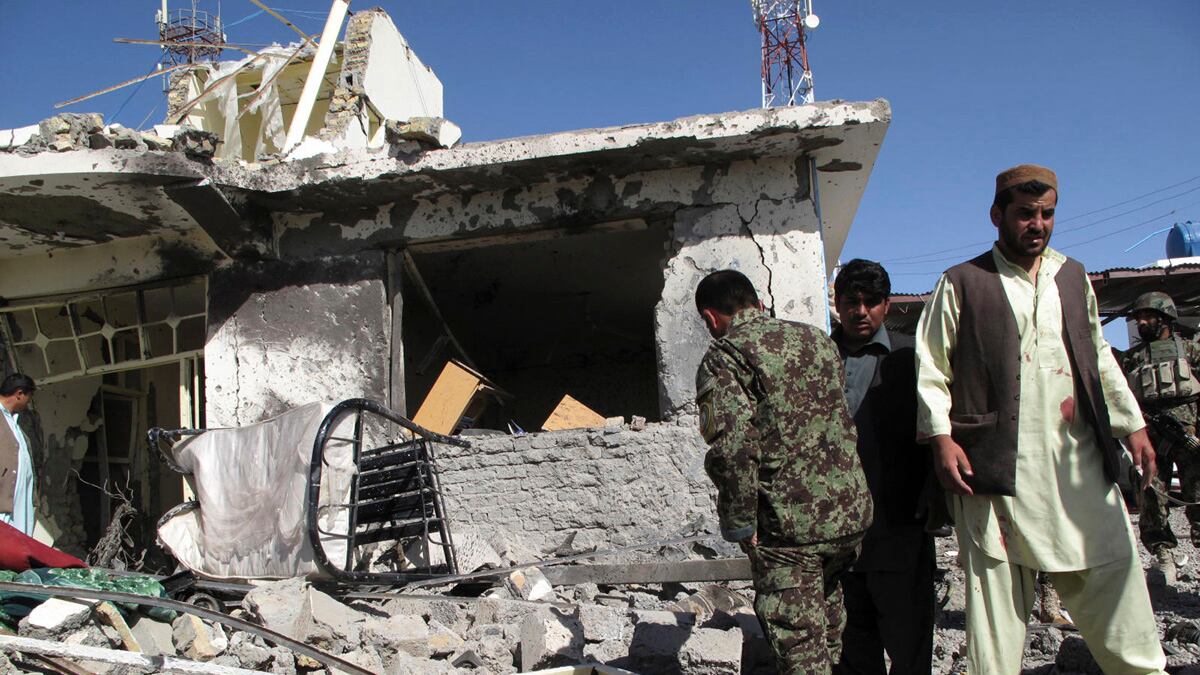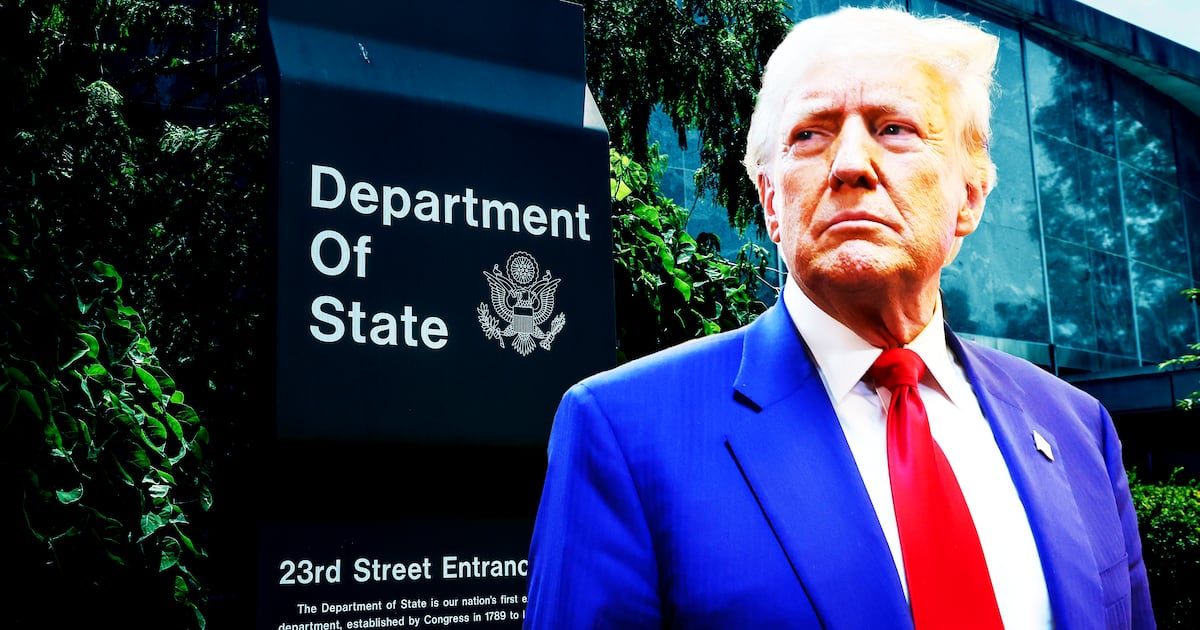It has become almost an article of faith among pundits that in 2014, after the withdrawal of international forces, Afghanistan will descend into civil war much as it did during the 1990s. The recent International Crisis Group report was only the latest to present this bleak outlook, prompting the government in Kabul to vehemently denounce its findings. President Hamid Karzai described its forecast as part of a psychological war by the Western media, and warned that it risked undermining Afghans’ confidence in their government.

Civil war is not inevitable, but this sense of anxiety is grounded in reality. Mixed messages continue to emerge from Washington and Europe, adding layer upon layer of uncertainty to the country’s future. To some extent, this ambiguity is the result of the many limitations posed by Washington’s current Afghan war policy. Afghans realize that international forces are going to withdraw in two years’ time, and their uneasiness about the future remains largely absent in the ongoing dialogue about Afghanistan.
Yet skeptics often overlook the fact that Afghanistan is not the same country it was 20 years ago. Over the past 11 years, Afghanistan has been fundamentally transformed. Today girls sit unveiled across from traditional leaders and former jihadi commanders and share their views. There are more female Afghan representatives in Parliament than any other legislature in the region. Local Afghan leaders are more open to accepting such practices today primarily because, as war profiteers, their lives have improved significantly and any internal strife would imperil their economic interests. The local media—led by Tolo TV and the Moby Group—has made a significant difference in the lives of ordinary Afghans, particularly young people who grew up seeing a more stable country; many have become increasingly engaged in local and national politics.
Despite the recent spate of insider attacks, the Afghan national security force is not insignificant. They are loyal to the Afghan state rather than to individual warlords, and the overall security environment is drastically better than it was during the 1990s. And though there is war weariness in the United States and the West, the memory of Sept. 11 is still fresh, which means that Washington is unlikely—for security reasons—to completely abandon Afghanistan as it did some two decades ago.
Still, there are several legitimate reasons why Afghans are concerned about their country’s future. Political tension in Kabul is very real. Skeptics suggest that if the 2014 Afghan presidential election is deemed fraudulent and produces an illegitimate president, internal strife could break out between various ethnic and political factions, backed by neighboring countries. Many Afghans are also troubled by the failure of Washington and Kabul to make any significant progress in talks with the Taliban. Wooing insurgents to strike a peace deal is undoubtedly a daunting challenge. But some of the steps that Washington has taken suggest that it is not determined enough to concede to any of the Taliban’s demands. Even the so-called Afghanistan Peace and Reintegration Program that seeks to win over lower-level Taliban fighters has lured only a few thousand from combat. On its part, the Afghan government often lacks the necessary resources to provide proper employment to defected Taliban fighters. President Karzai’s recent move to fill key security positions with fiercely anti-Taliban figures further complicates the prospects for negotiations. While the United States has not given up entirely on a peace deal, many Afghans fear that putting off the talks until 2014 or later will be too late.
With the peace talks stalled, Washington has shifted its focus to fostering militant anti-Taliban movements such as the arbakis and Andar uprising. If anything is likely to stir further chaos across Afghanistan, especially after 2014, it is nurturing parallel power structures such as these. This tacit support for sometimes- questionable grassroots uprisings could lead to the creation of another mujahedin-type movement with the potential to cause far-reaching turmoil.
Most alarming though is Washington’s failure to tackle the insurgent safe havens in Pakistan—including the Haqqani network—and upend Islamabad’s subversive role of bolstering the Taliban. Afghans are convinced that unless the U.S. goes after these sanctuaries, Islamabad will continue to hedge its bets by supporting the insurgency long after foreign troops leave Afghanistan.
Afghan anxieties are also partly fueled by Washington’s reluctance to talk about a possible Plan B if the transition does not go as smoothly as planned and a Pakistan-backed insurgency takes control of large swathes of the country before creeping into Kabul. For Afghans, Washington’s precise role and engagement beyond 2014 is not only crucial, but it has also largely been unaddressed in the ongoing dialogue with Kabul.
Some argue that the U.S.-Afghanistan Strategic Partnership Agreement (SPA) signed in May—and the Bilateral Security Agreement being negotiated to supersede the current status of forces agreement—will prop up Kabul after 2014. Yet it is hard to see how the SPA will help contain the country’s external security challenges. Despite stamping Afghanistan as a major non-NATO ally, the SPA does little to curb the ongoing cross-border shelling from Pakistan on Afghanistan’s Kunar province. If the strategic pact is ineffective even now, many Afghans do not expect it will help them later when American troops have withdrawn.
The United States’ current Afghan policy is fraught with many risks. Once Washington emerges from the election cycle, it must revisit its Afghan war policy and develop contingencies for a post-2014 Afghanistan that reflect the realities on the ground. The revised policy should include more than the usual rhetoric about a responsible drawdown by 2014 and transition to Afghan security forces and must put more pressure on Islamabad. More crucially, Washington should clarify its role beyond 2014 and clearly stipulate a set of scenarios it will adopt should the Afghan security and political transitions not go as well as planned. This course correction should also involve a better-coordinated approach to peace talks with the Taliban and meaningful support for the next Afghan presidential election. Vice President Joe Biden was but the latest to adamantly declare America’s intention of withdrawal: “We are leaving Afghanistan in 2014, period. There is no ifs, ands, or buts.” But Washington must recognize that it can no longer pretend that withdrawal from Afghanistan will automatically solve all its problems.
Javid Ahmad is a program coordinator for Asia at the German Marshall Fund of the United States. The views expressed here are his own.






